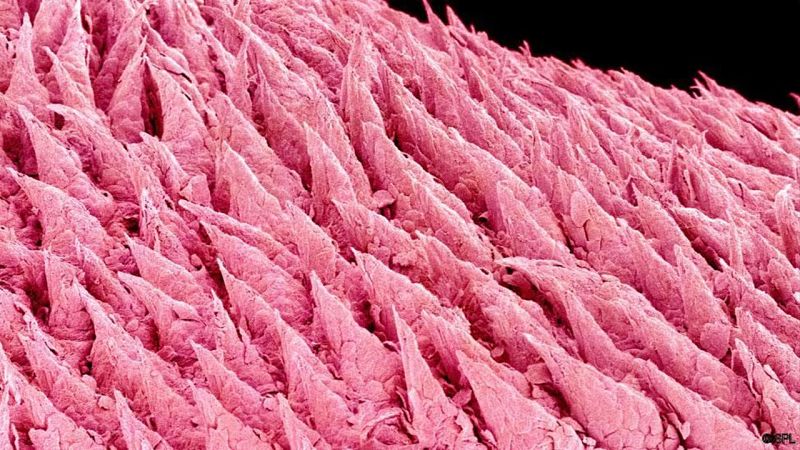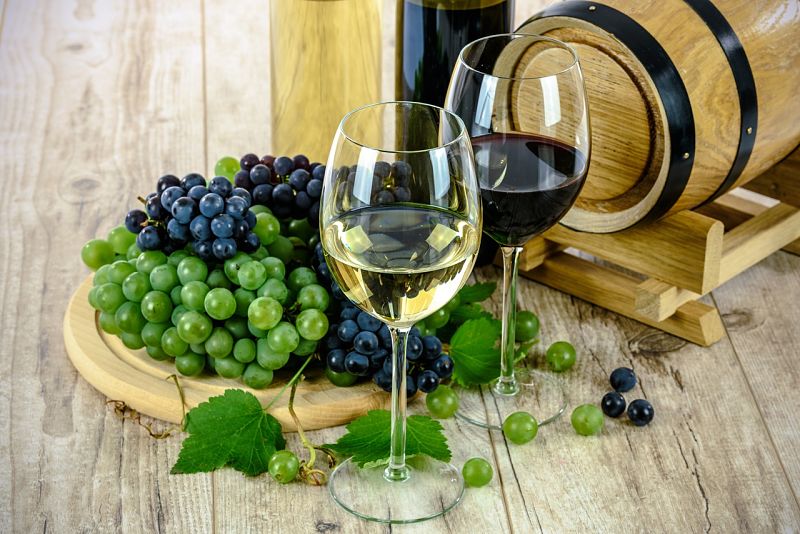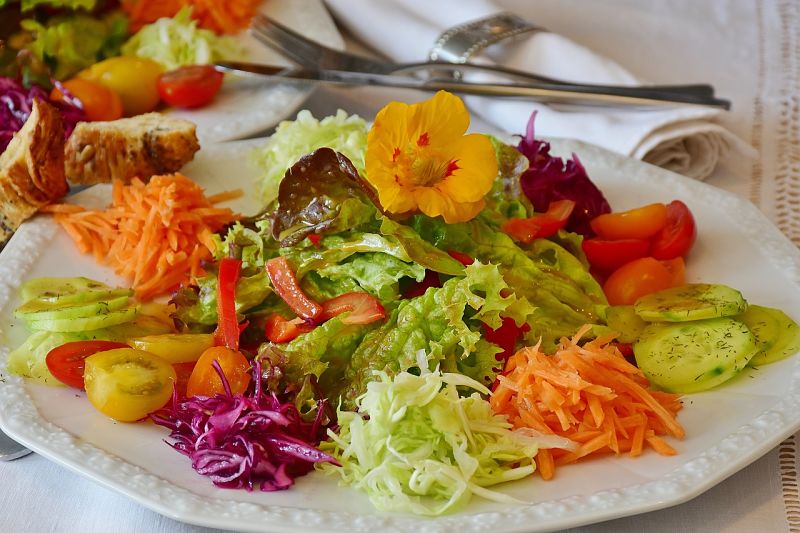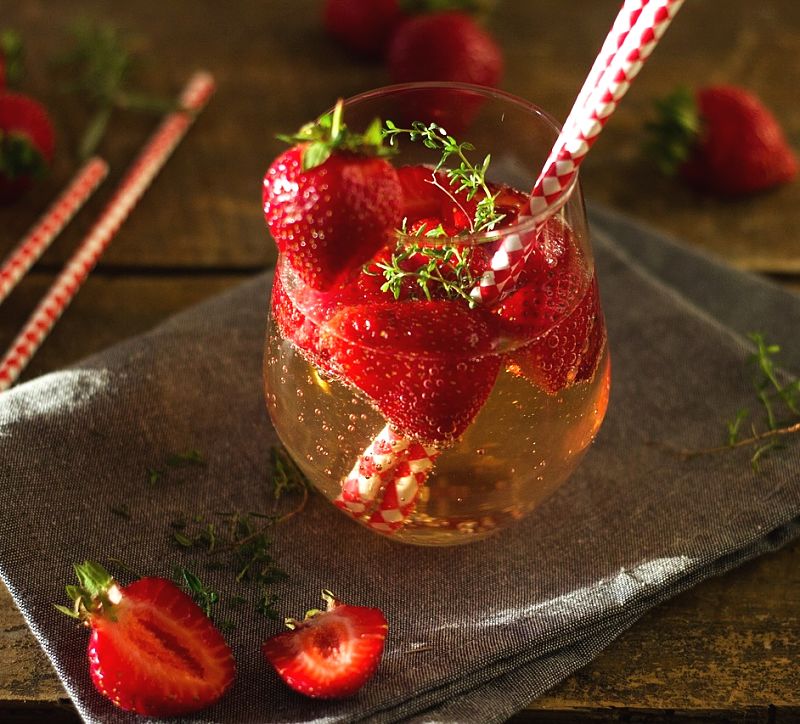Sense of Taste - How Taste Buds Work, How to Trick Them?
The concept that taste buds are really located in various zones that can be mapped on the surface of the tongue in different flavors: salty, sweet, bitter and sour, has been shown to be a myth.
The tongue does have a small, but significant concentration of tastes in certain areas. The tip of the tongue does have slightly more sweetness taste-buds than the rest, but the zones are not exclusive and there are no areas on the tongue that specialised for certain tastes.
The so-called map that is seen everywhere, was sketched in 1942 by Edwin G. Boring as an idea derived from some simple tests conducted by a Dr Hanig in 1901who showed that there were some very minor differences around the perimeter of the tongue, but was not meant as a map.
Boring's erroneous extrapolation has been reproduced everywhere, and has become legendary. This taste incorrect map did not include a fifth taste called 'umami', with the name derived from a Japanese word that refers to rich, meaty protein flavors. The tongue may also have additional special sensors for fatty flavors, researchers say. So how do the taste buds on the tongue work? This article shows how recent studies have clarified this and how we can use this information to trick the taste buds as a way of losing weight.
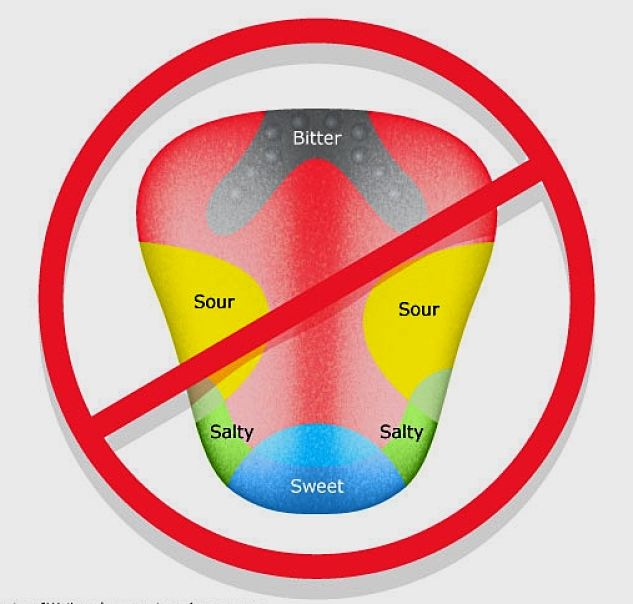
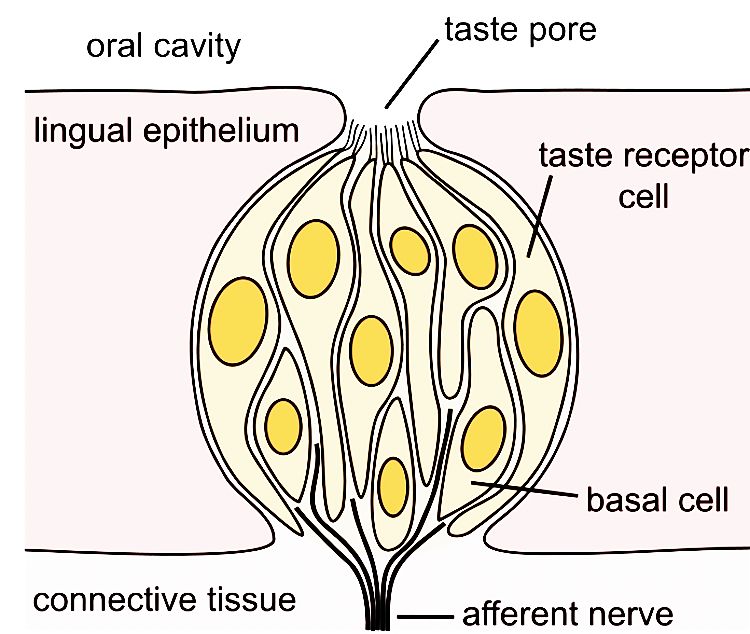
Humans can recognize and distinguish five basic tastes salty, sweet, umami, sour and bitter. There are likely to be additional taste sensations that the tongue detects such as a fatty taste, a metallic taste, and possibly several others. Each of these tastes is considered as representing different physiological and nutritional requirements for the body or to detect potential food risks and dietary hazards as a protection mechanism.
- Sweet-tasting foods indicate that carbohydrates are present that provide an energy source as sugar.
- Salty taste is used to find and control the intake of Sodium Na and Potassium K ionsand other salts, essential for maintaining the body’s water balance and blood.
- Umami, the 'meaty protein' taste, detects the protein content of food through l-glutamate and some other l-amino acids (the building blocks or protein) .
- Bitter taste is a warning signal that may stop the ingestion of potentially harmful substances and poisons, many of which taste bitter to humans.
- Sour taste detects acids in foods and liquids. Sour tastes prevents us eating excess acids and overloading the pH and acid–base balance in the blood stream and tissues of the body. Furthermore, spoiled and rancid foods often are acidic and the ability to detect sourness helps avoid eating these foods.
- There is growing evidence from various research studies that fat may also be detected by taste buds via dedicated receptors. This may be very important for weight loss strategies.
An important aspect of taste is that it provides other functions in addition to helping to select and avoid certain foods. Stimulating taste buds triggers physiological responses that prepare the gut for absorption such as releasing digestive enzymes, initiating peristalsis which is the muscular movement of the to move the food. It also triggers responses in other organs that leads to insulin release, change in fat metabolism, increased heart rate. Collectively, these reflexes in the body are triggered by a combination of senses (taste, sight, smell) relating to food.
Taste is often confused with flavor, which derived from the combined sensory experiences of olfaction (smell) and gustation (taste).
- Gustatory signals (taste) are sensed by the taste buds in the oral cavity. These cells are triggered by water-soluble substances that pass through special pores in the apical tips, and membranes of the epithelial cells that are modified as taste buds.
- Olfactory signals (smell) are generated by special area of nasal epithelium, in the nose. that are triggered by volatile compounds wafting through the air. Although the sensory cells for smell and taste are quite distinct, their nerve signals are integrated in various parts of the cerebral cortex to recognise flavors and provide for food recognition, selection and avoidance of potential hazards.
The structure of taste buds cells
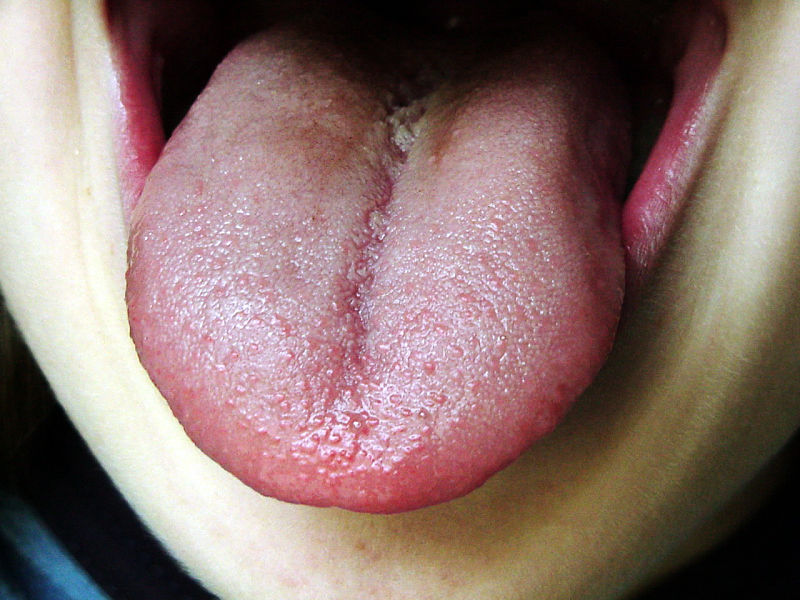
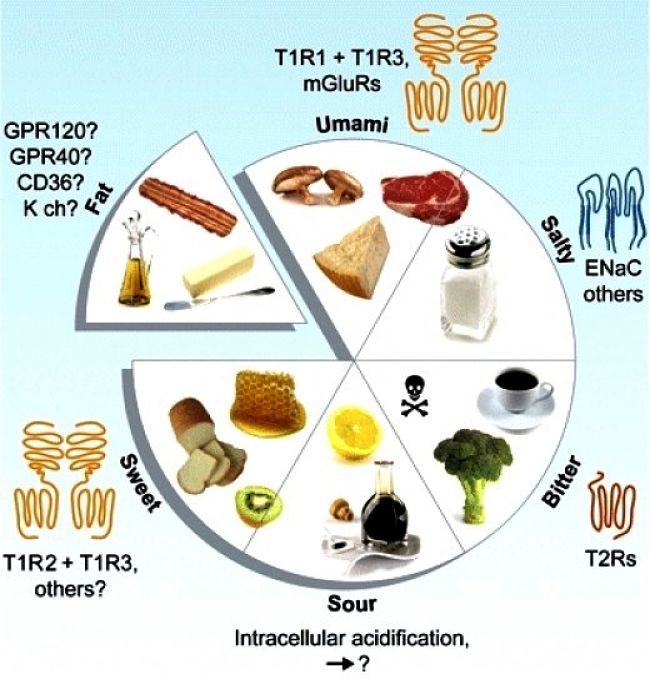
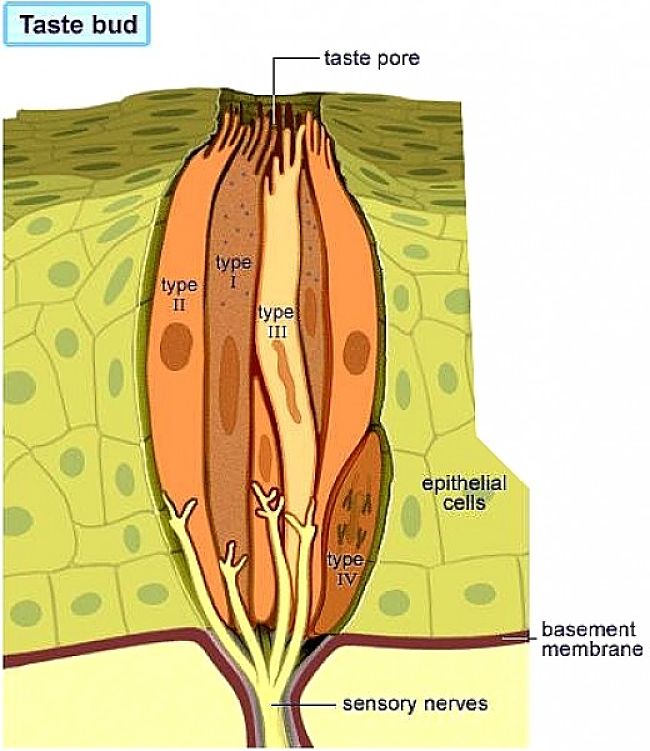
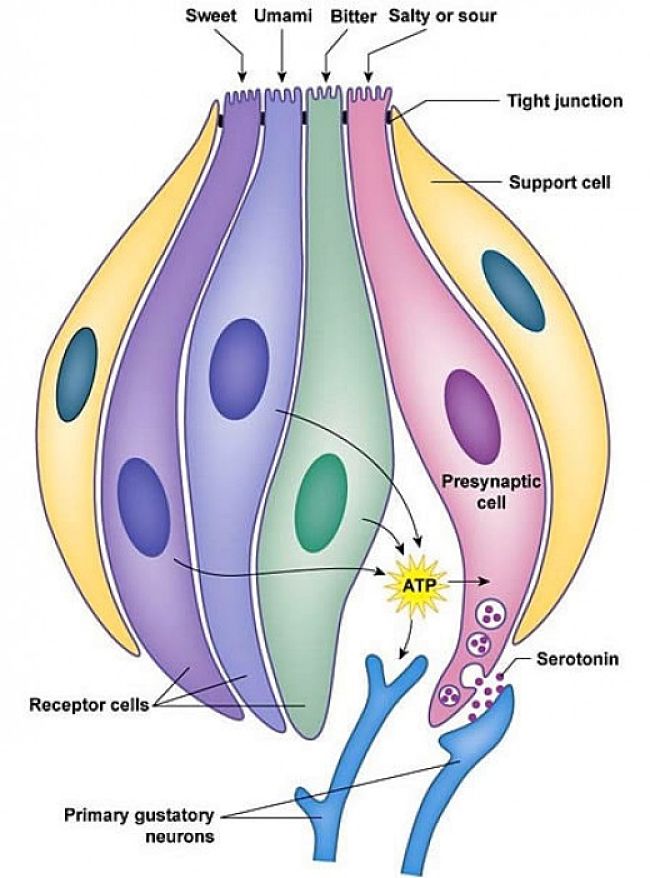
The elongated taste bud cells are mature specialised epithelial cells. Their apical tips are in direct contact with the environment in the mouth and thus sense changes in various compounds in the oral cavity. The taste bud cells are continually renewed, unlike the light receptors in the eye. Every tongue has an average of 10,000 taste buds that get replaced every two days!
The underlying molecular mechanisms for nutrient detection (see images)
For the five different distinct tastes: salty, sweet, bitter, sour, and savory, there are separate cells and processes. When food is taken into the mouth, the saliva breaks the food down into various soluble substances and ions that can enter the pores of the taste buds and be sampled. Each of these tastes is sensed by a slightly different process.
Taste buds sense sour and salty tastes through cellular ion channels triggered by electronically charged ions in the fluids in the mouth. Salty foods contain the chemicals sodium chloride (NaCl), commonly called table salt or potassium chloride(KCl). The sodium ions trigger ion channels in the taste buds, generating a signal to nerves.
Similarly, sour foods contain acids, which have positively charged hydrogen ions (H) that create a nerve signal in another type of taste bud.
Sweet, bitter and umami foods are detected by the taste buds through G-protein coupled receptors, a more sophisticated mechanism that is not as well understood as that of ion channels. The compounds in bitter and sweet foods trigger G-protein coupled receptors to generate messenger protein molecules called 'gustducin', which in turn trigger potassium ion channels to close, creating a nerve signal.
The umami taste is detected in a similar way, though the amino acid L-glutamate and possibly other amino acids triggering a nerve signal.
Once the signals have been sent through the nervous system to the brain where the various signals are combined with those for smell to be translated into a taste sensation. The process from ingesting food to the brain response only takes a few milliseconds.
There are three groups of cranial nerves responsible: the glossopharyngeal nerve from the back portion of the tongue, the facial nerve carries signals from the front part of the tongue, and lastly the vagus nerve from the epiglottis and soft palate areas.
How to Trick Your Taste Buds
One way to help lose weight is to make low-fat food and/or low-calorie food taste more like high-fat foods by tricking your taste buds.
The Sense of Smell is linked to Taste - we smell our food as we prepare to bite and put the food into our mouth. If the food smells off or unpleasant we don't eat or taste it. But when you were chewing your food you are also inhaling the aroma of volatiles generated in your mouth at the same time. These odours are sensed by the olfactory receptors situated behind the bridge of the nose. This is why food does not tastes as good when you have a blocked nose or you hold your nose when tasting something.
Tasting Fat - While there may be taste buds directly sensitive to fatty acids themselves, we mostly sense fat through substances that accompany the fat. We taste smell the volatiles that accompany the high-flavor oils such as butter, olive oil, sesame oil, and various fatty meats such as bacon. You are probably aware of how much more flavor there is in melted butter when you brown it in a pan? The fat hasn't changed; the volatiles and other substances in the butter have been enhanced. Fat also acts as a solvent for odours and aromas. Generally the higher the quantity of fat, the more aromas we sense in the food. There is a lot of difference between how good fat tastes and the aromas that are produced when the food is hot rather than cold. The same amount of fat is there. It is the aroma or smell of the fat and how it picks up aromas and tastes from other ingredients that makes the difference.
Why do we like deep fried foods so much?. There are four main reasons
Experts suspect that the high temperatures used when deep-frying may release large quantities and varieties of volatiles in food, triggering the "rich fat aroma" that stimulates the sense of taste:
- The crispy texture on the outside of deep-fried foods and the tender on the inside help to make the food more appealing.
- The unique set of flavors from the caramelization of starches and sugars and the browning of the food.
- The whole kaleidoscope of smell, touch, sight, and taste associated with our enjoyment of fired foods.
10 Ways to Trick Your Taste Buds and Help Lose Weight
Considering how the fat in food generates flavour and aromas in food and how the taste buds work there are at least 10 ways to trick your taste buds into believing that you are eating high-calorie and high-fat foods when you are eating low-calorie and healthy alternatives:
1. Add host of flavors to your low-fat recipes with the fresh ingredients full of taste and aromas. Fresh garlic, basil and parsley have much more flavor than dried herbs. Lime, lemon, and orange zest add a boost to the flavor of dishes that have lime, lemon or orange juice in the recipes. Be creative and add interesting flavors to otherwise bland and uninteresting foods.
2. Toasting, browning and roasting foods such as nuts, herbs, spices and garlic can enhance the natural flavors of dishes that are part of the appeal or the more fatty originals. So always try to enhance the flavor of low fat foods by roasting, toasting and browning them. Simply roasting potatoes with the skin left on by placing them on the rack in the oven can be a delightful substitute to potato chips, wedges and potatoes roasted in fat on the bottom of a pan.
3. Buy low-fat substitutes which taste almost as good as the original food.Eating these substitutes works because we associate the good taste and smell with the originals, despite their lower fat and calories.
4. Use egg substitutes to replace half of the eggs in omelettes, quiches, frittatas, etc. Your taste buds will be tricked even though you have cut the fat and cholesterol in half!
5. Substitute shallow frying or roasting for deep frying. The flavors can be just as good without eating all the fat soaked into the batter or breaded coating of deep fried foods
6. Use canola cooking spray rather than liquid oils for lines pans and cooking surface. However you can use cooking spray as a light coating for the outside of the food you are panfrying in non-stick cookware or oven-frying or roasting. This provides a very thin coating or oil without the excess of breaded or battered foods.
7. You can still use oil, but use non-stick appliances and use the oil very sparingly.
8. Fat add moisture, texture and tenderizes, but the are alternatives. This is easily seen when oil is added to cake or muffin recipes. Generally, you can simply substitute at least half of the fat in a recipe with a low-fat substitute that also adds moisture. For example you can use low-fat flavored yogurts, fat-free or low-fat cream cheese or sour cream. Applesauce and various liqueurs can also help to make baked recipes moist.
9. If you really don't like reduced-fat alternative products you have always use much less of the real thing. In many cases the flavor will not be affected that much.
10. Often, the two or three eggs that are in a baked foods recipe can be replaced by a single egg yolk. This will perform the binding function while reducing the calories.
